Introduction-
To preface, it is important to acknowledge that self-immolation, a tragic act of setting oneself on fire, carried out by Tibetans in the context of their struggle, is a clear manifestation of human rights violations. These violations encompass forced cultural assimilation, systematic language annihilation, discrimination in employment and job opportunities, lack of religious freedom, environmental degradation, and coerced resettlement. Meanwhile, the act of self-immolation by Tibetans is a form of social protest against the injustices, oppression, inequality, arbitrary detention, and overall mistreatment experienced under the harsh policies enforced by hardline officials in Tibet. It is crucial to note that this resistance is aimed solely at the policies of the Chinese government and not directed towards the Chinese people or their broader community. As aptly put by the International Campaign for Tibet, self-immolation is a desperate cry for help by those who feel they have no other means to express their suffering to the world.
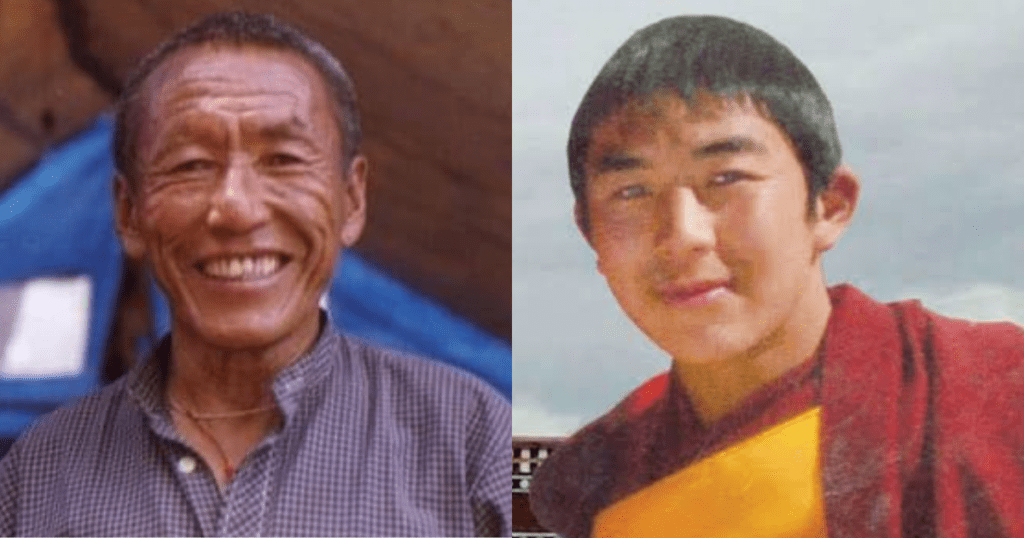
Self-Immolation of Tibetans
In 1998, the world witnessed an unprecedented event in the Tibetan struggle for freedom when Pawo Thupten Ngodup, an exiled Tibetan, set himself on fire on April 27th in protest of the government of India’s forceful ending of a Tibetan hunger strike in New Delhi. The strike had been ongoing until the Indian government intervened in accordance with local laws that prohibit suicide. After a decade, sparked by a series of preceding incidents, marked the first self-immolation inside Tibet in 2009 by a young monk named Tapey from Kirti Monastery, who set himself ablaze in opposition to the Chinese government’s flawed policies. Since then, over 157 Tibetans from all walks of life, including young and old, laypersons and monks, nuns, and those with varying levels of education, have set themselves on fire as a form of protest, revealing that Tibetans inside Tibet continue to suffer from being deprived of their basic fundamental rights and freedoms, resulting in murder and humiliation.
As an exiled Tibetan, my feelings towards the self-immolations that have taken place in Tibet are deeply rooted in a sense of emotional helplessness. In an interview with NDTV, His Holiness the 14th Dalai Lama aptly expressed his feelings on the issue. He stated that these events are symptomatic of underlying causes, and while he feels a great deal of sadness about the situation, he is unable to offer any meaningful solutions to the Tibetans who have suffered for generations. He went on to explain that while he is sympathetic to their plight, he cannot outrightly condemn the self-immolations because doing so may cause further pain to the families of those who have sacrificed their lives. He also acknowledged that such drastic actions may not necessarily have a significant impact on the situation, making it difficult for him to encourage or discourage them. In light of this, His Holiness has chosen to remain silent on the issue and allow the Chinese government to make their own statements. As a fellow Tibetan, I share in His Holiness’ sadness and offer my prayers for those who have suffered and sacrificed their lives for the cause of Tibetan freedom.
The Self-immolations of Tibetans have evoked varied responses, with some perceiving it as an act of great courage, while others see it as an expression of emotional helplessness. Although a few describe it as unproductive and unwanted, among ordinary Tibetans, there is hardly anyone who criticizes the act for its intensity.
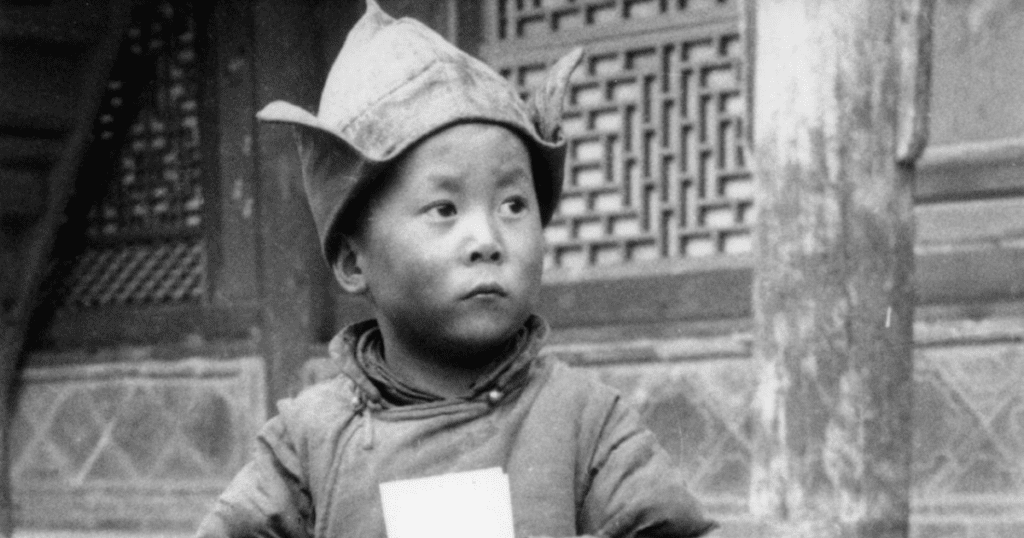
As someone with a background in Buddhist philosophy, I have learned that in Buddhism, the concept of self-compassion is highly regarded. Self-harm or suicide is considered unwholesome and a grave sin. However, when the act of sacrifice is primarily aimed at preserving the Buddhist heritage and all sentient beings, and the intention is not to harm others, it becomes a complex and sophisticated issue for me to distinguish such drastic actions as either wholesome or unwholesome.
The works of Aryadeva and Shantideva, both esteemed Buddhist scholars, offer insights into the value of human life and the importance of taking advantage of this rare opportunity. Aryadeva’s 400 verses emphasize that although the human body can be seen as an adversary, it is nevertheless a valuable thing to protect. By living a disciplined and virtuous life, one can amass great merit. Similarly, in his Bodhicaryavatara, Shantideva asserts that human existence is a precious gift that is difficult to attain, and it can be used to benefit the world. Failing to recognize and seize this opportunity would be a great loss.
Tibetans are known for their strong Buddhist beliefs in loving kindness and compassion for all sentient beings, including the environment. This belief is grounded in the idea that all beings share a common desire for happiness and that karma and causality are fundamental to the universe. The concept of interconnectedness, or interdependent-origination, is also a central tenet of Tibetan Buddhism. The ultimate goal of this faith is to achieve Buddhahood, which requires rigorous training and mindful practices over many lifetimes.
Given these beliefs, it is important for us young Tibetans to uphold our cultural values of nonviolence and peacefulness. As noted by Professor Gene Sharp in his book “From Dictatorship to Democracy,” violent means are rarely effective in overthrowing oppressive regimes. Therefore, it is essential to embrace the traditions of altruism and emptiness that define Tibetan identity and to continue to work towards the peaceful resolution of conflicts.
Dalai Lama- A Bodhisattva, Avalokiteshvara
Last year, the renowned Hollywood actor and long-standing supporter of the Tibetan cause, Richard Gere, stated in a conversation with civil servants of the Central Tibetan Administration that the tragedy of Tibet has paradoxically turned out to be a source of joy for the world. He was referring to the ancient Nalanda tradition, which has now been made accessible to the rest of the world, enabling individuals to study the enlightening wisdom of mind training and transformation, eliminating suffering and illuminating the nature of reality. Previously, this knowledge was confined only to Tibetan society, but now it has been disseminated across countries.
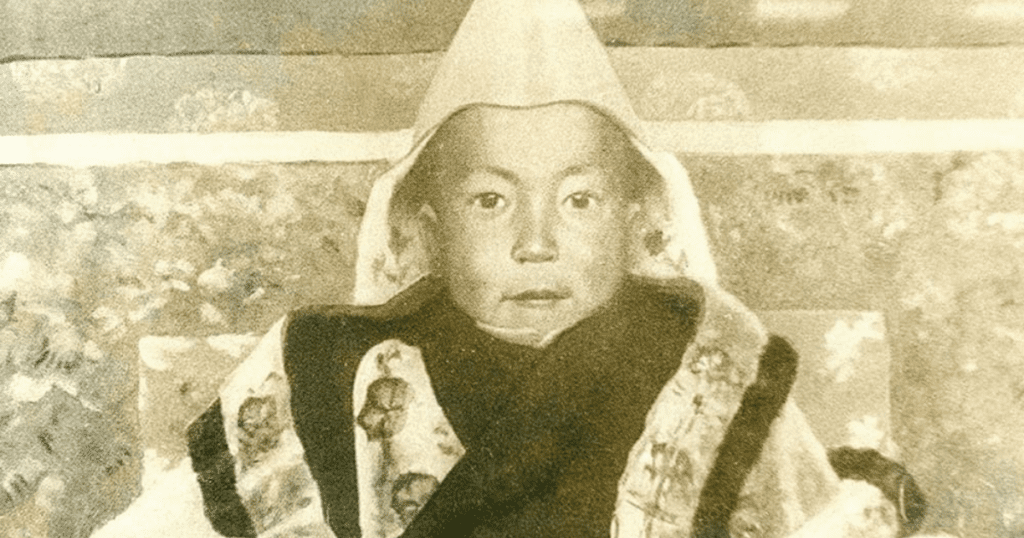
Similarly, according to our Tibetan beliefs, His Holiness the Dalai Lama is considered to be the true incarnation of Avalokiteshvara, the God of compassion, and a Bodhisattva who voluntarily took birth in this samsaric world to dispel the misery of infinite sentient beings. However, the traditional boundaries that we Tibetans have created for centuries somehow restricted the Dalai Lamas, particularly the 14th, to be in service to the larger humanity across the Himalayas.
Upon examining the profiles and backgrounds of those who self-immolated, it is evident that their suffering was related to various policies, and their demands were for the return of the Dalai Lama to Tibet. Nevertheless, His Holiness has often pointed out that being in exile has fulfilled Tibet’s political cause, preserving and promoting Tibetan cultural heritage, and spreading the ancient Nalanda tradition worldwide. His Holiness has reminded us that our tragedy has, in a way, become an opportunity.
His Holiness has publicly stated on several occasions that he is content and satisfied here in Dharamsala, India, where he has ample opportunities to meet people from diverse backgrounds and engage in close discussions with modern scientists, scholars, and leaders, which he considers to be enriching and conducive to mutual learning. Furthermore, His Holiness stated that he enjoys full freedom to continue his spiritual teachings anytime and anywhere virtually, which would not have been possible if he had remained in Tibet with the old way of life.

Peace and Nonviolence- Cultivation Compassion
As an individual, my feelings may not be of significance, but as a young exiled Tibetan, hearing about cases of self-immolation in Tibet brings a much deeper pain that takes a long time to recover from, especially when the self-immolator is too young. Although these sacrifices have brought worldwide political attention to Tibet’s cause, the tiny satisfaction that we receive is overshadowed by the loss of a precious life. Instead of resorting to such drastic actions, it would be more meaningful if these young Tibetans became true ambassadors for Tibet or served their community in some way, contributing to the Tibetan cause in whatever manner.
On behalf of like-minded young Tibetans, I would like to sincerely appeal to our brothers and sisters back in our homeland not to resort to such drastic actions. Although we understand it is not easy, for us in exile, your survival and growth are our primary strength and hope for the future of Tibet.
His Holiness has repeatedly urged us to maintain our firm determination and unshaken spirit of unity, while keeping our traditional compassionate values intact. He believes that gradually, there will be a change in Chinese government policy, and the reunion of Tibetans inside and outside Tibet will arrive soon. His Holiness further reassured us that he is healthy enough to live for around 20 years and more and advised us to keep calm, stay happy, and be kind and compassionate.
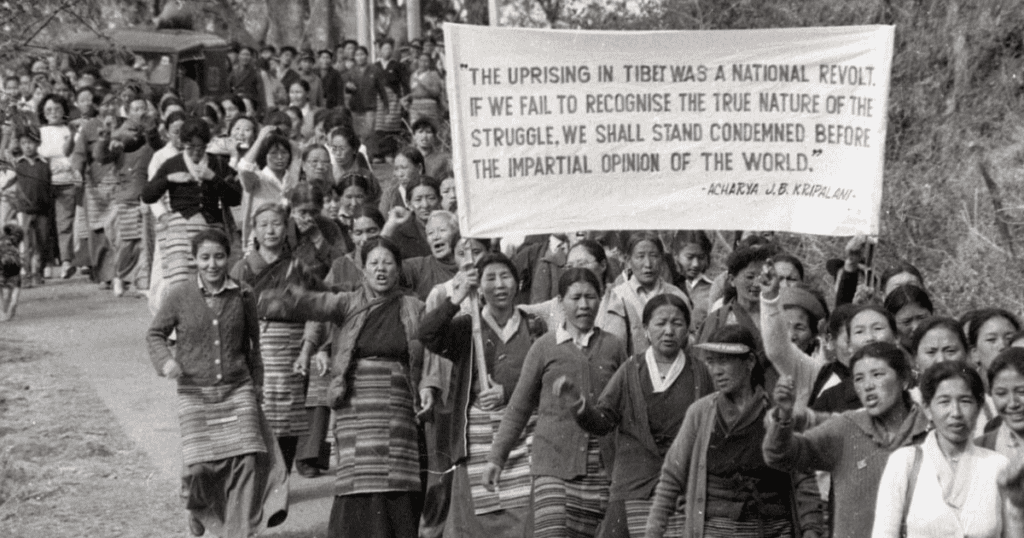
As our struggle endures, we all unanimously recognize it as a peaceful and nonviolent endeavor. However, it is not enough to simply proclaim these ideals; we must embody them fully in our thoughts, words, and actions. Our commitment to these ideals seems to be merely verbal, as the true measure of peace and nonviolence must be rooted in our hearts and minds. This means cultivating compassion, empathy, and understanding towards those who oppose us, even in the face of adversity and oppression. It means rejecting the false dichotomy of “us vs. them” and instead working towards a shared vision of a better future for all. Our struggle for justice and freedom requires a deeper commitment to peace and nonviolence.
It is ironic that we consider ourselves faithful and devoted to His Holiness, and yet we only partially adhere to his vision and guidance while disregarding most of his advice and instructions. To truly honor His Holiness and his teachings, we must move beyond mere words and slogans and put our principles into practice. This requires a willingness to challenge our own biases and assumptions.
This is a critical moment, particularly for the youth and those living in exile, to meaningfully implement His Holiness’s profound views and far-sighted vision. We have a crucial role to play in shaping the future of our movement. It is our responsibility to do so, and failing to fulfill this obligation would result in loss and suffering for all six million Tibetans. Therefore, it is imperative for individuals, organizations, and disciplines to genuinely embrace the peaceful and nonviolent approach not only in our bodily actions but also in our speech and our entire being.
Conclusion-
Hence, the challenges that lie ahead are great, but so too is our resolve to overcome them. By embodying the principles of peace and nonviolence in our daily lives and in our struggle for justice and freedom, we can build a better future for all Tibetans and inspire others around the world to do the same.
Witness a compelling exposé through an incisive and unflinching documentary, meticulously crafted to shed light on the nuanced complexities and pressing issues surrounding Self-Immolations in Tibet.
Read more:
Tenzin, a student currently pursuing his academic endeavors in India, exhibits a profound level of concern regarding the trajectory of the Tibetan struggle. Consequently, he opts to remain incognito, refraining from disclosing his personal identity.

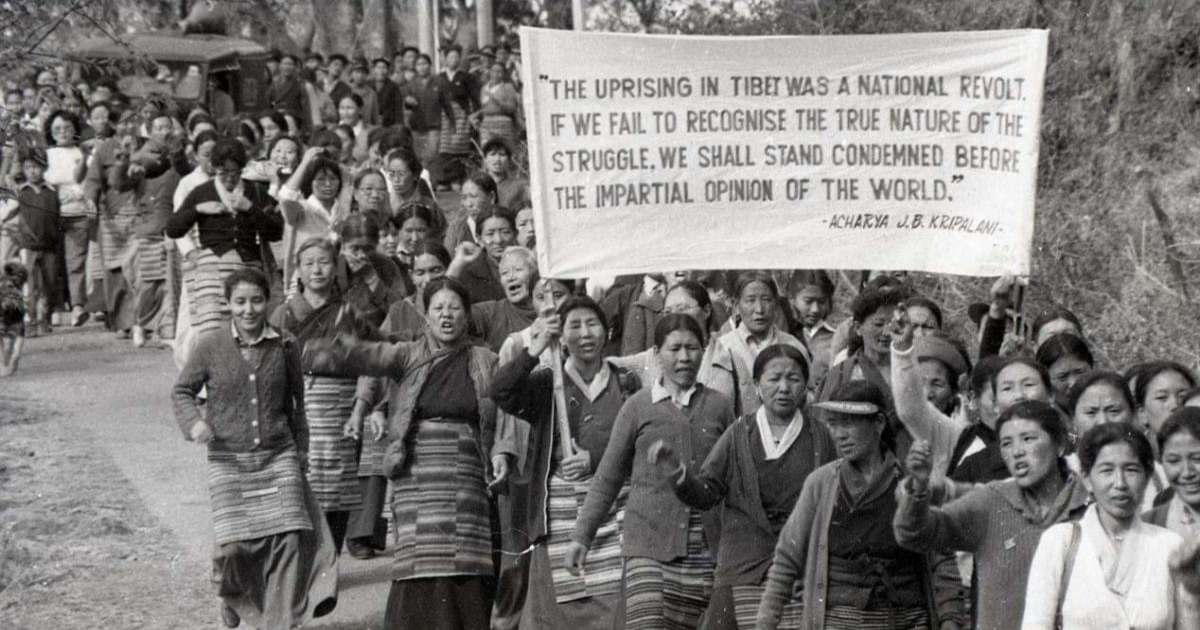
Thank you very much for your knowledge to pen down in brief comprehend for others to understand Tibetans struggle for Free Tibet inside and out. I wish and encourage our youth to write more often on their perspective towards One’s own country Tibet and Tibetans, according to where they live, and introduce themselves in brief as anonymous and their surroundings. I mean speaking ones mind with facts besides being an anonymous but again sharing with the rest of the brothers and sisters about their situations to let anyone who reads like an open page where we can consider at some point.
The idea of writing the blog is our persistence of struggling with our identity inside and outside of Tibet and resistance to our country Tibet, our cultural, Religion, and heritage and much more.
I personally think, it is extremely important for Us as Tibetan to pour out one’s heart and document it or pen down to understand each other wellbeing to understand where we stand in today’s world specially when we are all scattered everywhere globally. These days, although the keeping in touch globally is as easy as on the tip of finger tips, thanks to social media but there is depth in writing down, a song /drawing/ sketching/ calligraph/ or story/ or one’s own situation/ opinion on Tibet/Tibetans/ politics/ religion/ marriage/ you name it. Even schools/ school life. It is important to understand each other without a distraction of face, looks, and where we from and yet still connect with each other. May be this way we can introduce our children to our root, each other, and who knows if in the future we get to know that we found a couple or couple of couples from the blog here and I would be the happiest one. Having said that I mean I wish and only wish the best of the best to our younger generation and more to come in the future as it flows.. With Love and Best regards